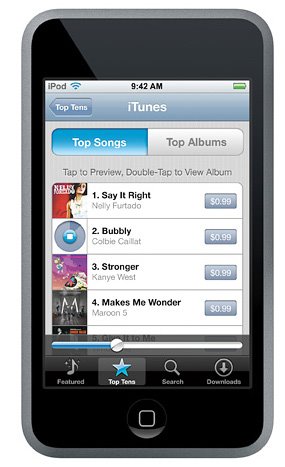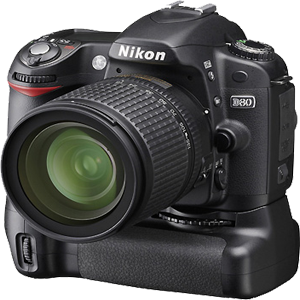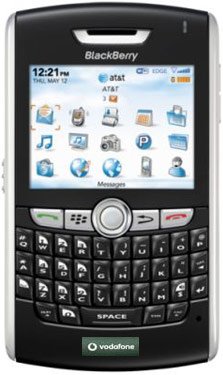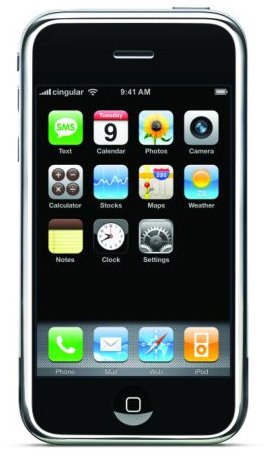I will be using the term “Blog” for both Blogger and Wordpress blogs. Wherever I need to mention any specific detail about the provider (Blogger or Wordpress), I will do so explicitly. This post onwards, I will be embedding SEO (Search Engine Optimization) tips within the post. So if you are just starting blogging, you need not worry about optimizations. However, there will be further separate posts on this wide topic.
START BLOGGING –
After logging in to your account for the first time you ask yourself – What do I do now? What is it that I see? What to do first? Post or Customize setting?
The first interface you see after logging into your Blog Admin Area is called “DASHBOARD”. It’s your link to each and every aspect of your Blog. Dashboard is generally organized into various categories to make it self explanatory. Blogger divides its Dashboard into four parts namely –
1. Posting
2. Setting
3. Layout
4. Monetize
Wordpress also has a similar categorization but all the important links and stats are visible in the dashboard only. Wordpress’ Dashboard is filled with news, top blogs, admin links, stat link etc following ‘everything on a single page’ ideology while Blogger gives a hierarchical structure to its links following ‘Simplicity’. You will get used to both over the time. . Wordpress does not have Monetize Link as it does not allow advertising. Monetize on Blogger connects your blog to your Adsense Account and provides options for serving ads.
POST TITLE –
You can make a new post using CREATE POST option (obviously!). Just have a catchy heading and interesting content. A Heading should be:
1. Short and simple
2. Catchy and Witty
3. Raise Curiosity
4. Innovative
5. Descriptive - Able to summarize the content.
E.g. the title of this post: 10 Tips for a Better Post| START BLOGGING
People love Bullets and especially Numbering. Use Numbers, Sections to organize your content. It would also be easier for audience to refer to a particular point rather a paragraph while posting comment.
POST CONTENT (10 Tips for a Better Post) --
The content depends on your choice of topic. Along with quality content, you might want to give the following 10 tips a try for SEO and good user experience:
A Post should have:
1. 1) “A Related Post” clause followed by related links from your own blog and other relevant websites.
2.
3. 2.) Have Social Bookmarking Links at the bottom of every post so that your readers can share the post with others using all means. This can be done using a custom HTML template which you can edit to include current post link and name (hard way for both Blogger and Wordpress) or by using Java Script embedded in Blog Template (only for Blogger).
4. 3.) Google Spiders love links so the more relevant links you have in your post, the more spiders get to feed on. The more time the spiders spend on your blog feeding on links, the more relevantly your blog gets indexed on Google’s Database. This leads to enhanced search results pertaining to the tags you use. To see how your Blog looks to a Google Spider, You can use the open source, text based command line Browser - Lynx.
5. 4.) Stress on the “YOU” rather than “MY” aspect of the content.
6. 5.) Justify yourself with quotes and reason and don’t assume the obvious outcome.
7. 6.) When making any assertion justify with ‘Because’. It’s more effective.
8. 7.) TAGGING: This is perhaps the most important part that completely depends on Author. A tag is your way to describe your post with a set of words/phrases. It’s mapped to keywords that people search on Google to reach your page. An Author can choose to adapt different type of Tagging Styles. Some styles that I discovered (these are names given by me and are not standard) are:
a. Extensive Tagging: In this mode, the author tags his post with all possible tags (within word limit of 200 for Blogger and unlimited for Wordpress). This technique is useful for Media Blogs, News Blog which need instant audience and includes a vast majority of topics. E.g. : Tarun Reflex | Personal, Political and Technical
b. Selective Tagging: This works well for personal Blogs, Travelogues where you have selective audience. In this, you select Tags carefully in order to convey the best possible meaning. E.g. : 1000 Awesome Things about India
c. Association Tags: This technique is a smart approach to organize your blog and post. By planning tags and having a relationship between them, you can do wonders in Content Management. You can define your own rule and have content displayed in your order rather than predefined Archives or Category format. It will be useful in future when you will display a list of Related Posts in sidebar or within post. You can simply refer to a group of posts using a ‘Smart Tag’. E.g. Blogging Confessions (this blog)
i. SMART TAGS: it’s a superset of tags that conveys a special meaning. e.g. I have a post ‘x’ tagged with “India” about India, another post ‘y’ tagged with “Travel” about London and a post ‘z’ tagged with “Taj Mahal” about Taj Mahal. Now I can tag the last Post ‘z’ with “Travel India” (combining the former two tags) as well as “India” and “Travel”. Now I can refer to all posts (about Taj Mahal and London here) related to “Travel” and have ‘y’ and ‘z’ in the list using tag “travel”, or refer to all post related to “India” and have ‘x’ and ‘y’ in the list using tag “India” or refer to all posts related to “Travel in India” and have ‘z’ in the list using “Travel India” tag.
ii. NOTE: Wordpress has Tags as well as categories, Association tags are Blogger ‘s way of having Categories as well as Tags.
9. 8.) Avoid using extraneous “Tags”. Some authors use many manipulated tags just to drive audience to their Blog without having appropriate content. This might work for sometime but in the long run it’s very harmful not only for the author but also for the audience and honest Blogs.
If 9.) If you tend to use or refer to Current Events, Try to have a link to a reliable source (e.g. Wikipedia, News Agencies etc).
10. 10.) Respect your Audience: This is the most important step towards having a regular audience. Always respond to the comments. No response is the worst response. Accept if you made any mistake or clarify the issue. Provide different means to your audience to reach you and your content. Email, Comments, tweets, SMS (using Google Channel), Feeds etc are few of the most popular ways. I will be covering each of them in detail in further Posts.
Points to Ponder:
- · Provide a link to the current post below every post so that your audience can save it, bookmark it or forward it. You can use FeedFlare in FeedBurner to customize the links below every post and feed. More about it ,later.
- · Keep your audience interested in your Blog by telling them about your Future Posts and plan so that they know what to expect.
As always, feel free to clarify any doubts or ask questions.
Related Posts:
Next Post:
In my next post we will try to acquaint ourselves with different ways to make our new post discoverable on World Wide Web.
You can meet me here:







0 comments:
Post a Comment